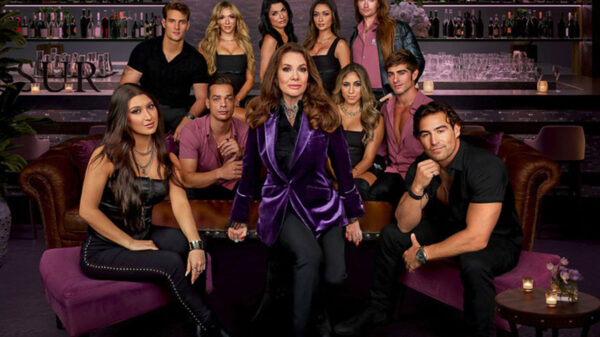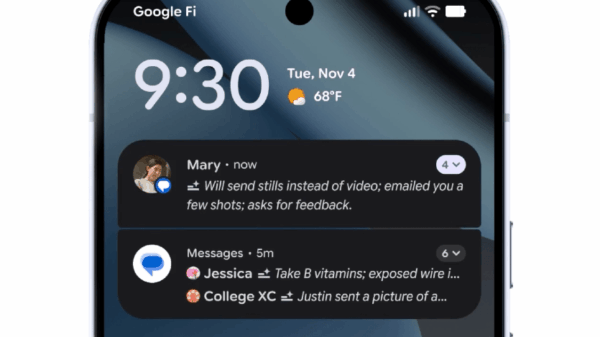Advertising is a complex field, and many businesses face challenges in optimizing their strategies. Common weak spots, such as ineffective targeting, unengaging ad creative, and inadequate tracking, can lead to wasted resources and missed opportunities. Identifying these issues early is crucial for maximizing the effectiveness of advertising campaigns.
Targeting: Finding the Right Balance
One of the primary issues in advertising strategies is targeting. If your audience is too broad, your message may reach many viewers, but few will take action. Conversely, overly narrow targeting can exclude potential customers who might have engaged with your ad.
To evaluate your targeting, analyze your data. If you notice a high number of clicks without conversions, this often indicates a broad approach, attracting curiosity rather than genuine interest. Alternatively, if impressions are minimal, your audience might be too small. High cost per click (CPC) with low returns is another warning sign.
To refine your targeting, conduct tests by gradually adjusting your parameters. Experiment with demographics, interests, and behaviors to improve the quality of your traffic. Relying solely on the platform’s suggested audience may not yield the best results; intentional adjustments are essential.
Creative Engagement: Capturing Attention
Even the best-targeted ads can fail if the creative elements do not resonate with the audience. Many consumers scroll past ads without a second thought, highlighting the challenge of competing not only with other brands but also with the audience’s limited attention span.
“Bad creative” can manifest in various ways. Sometimes the visuals are appealing, but the message fails to connect, or the copy is catchy but irrelevant to the audience’s needs. A helpful question to consider is whether the ad would capture your attention if you weren’t affiliated with the business. If the answer is no, the creative may require reevaluation.
To address this issue, focus on the audience’s perspective. Instead of emphasizing product features, highlight the benefits customers will experience. Use conversational language that resonates with your audience, avoiding marketing jargon that may alienate them.
Tracking: The Key to Informed Decisions
A significant number of businesses struggle with tracking their advertising results effectively. Without a robust tracking system, companies may operate blindly, mistaking clicks for conversions. However, clicks do not always correlate with sales, making it vital to monitor performance accurately.
Without proper data tracking, businesses risk optimizing the wrong aspects of their campaigns. For instance, while Facebook may appear to offer low-cost clicks, deeper analysis might reveal that Google Ads are actually driving higher-value customers.
To improve tracking, implement necessary tools such as pixels and conversion tracking systems. Move beyond merely celebrating clicks and impressions; focus on key metrics such as cost per acquisition, customer lifetime value, and return on investment (ROI). This comprehensive approach will provide a clearer picture of what works and what doesn’t.
Conclusion: Stay Proactive in Advertising
Identifying and addressing weak spots in your advertising strategy requires intention and diligence. While some elements of advertising may underperform, early detection can prevent budget depletion.
In the face of disappointing results, it is important to take a step back, analyze the situation, and make necessary adjustments. Continuous testing and refining will ultimately lead to more effective advertising campaigns and better engagement with potential customers.
As noted by Alexia Hope of Research Snipers, understanding these common pitfalls is essential for businesses aiming to enhance their advertising effectiveness.







































































